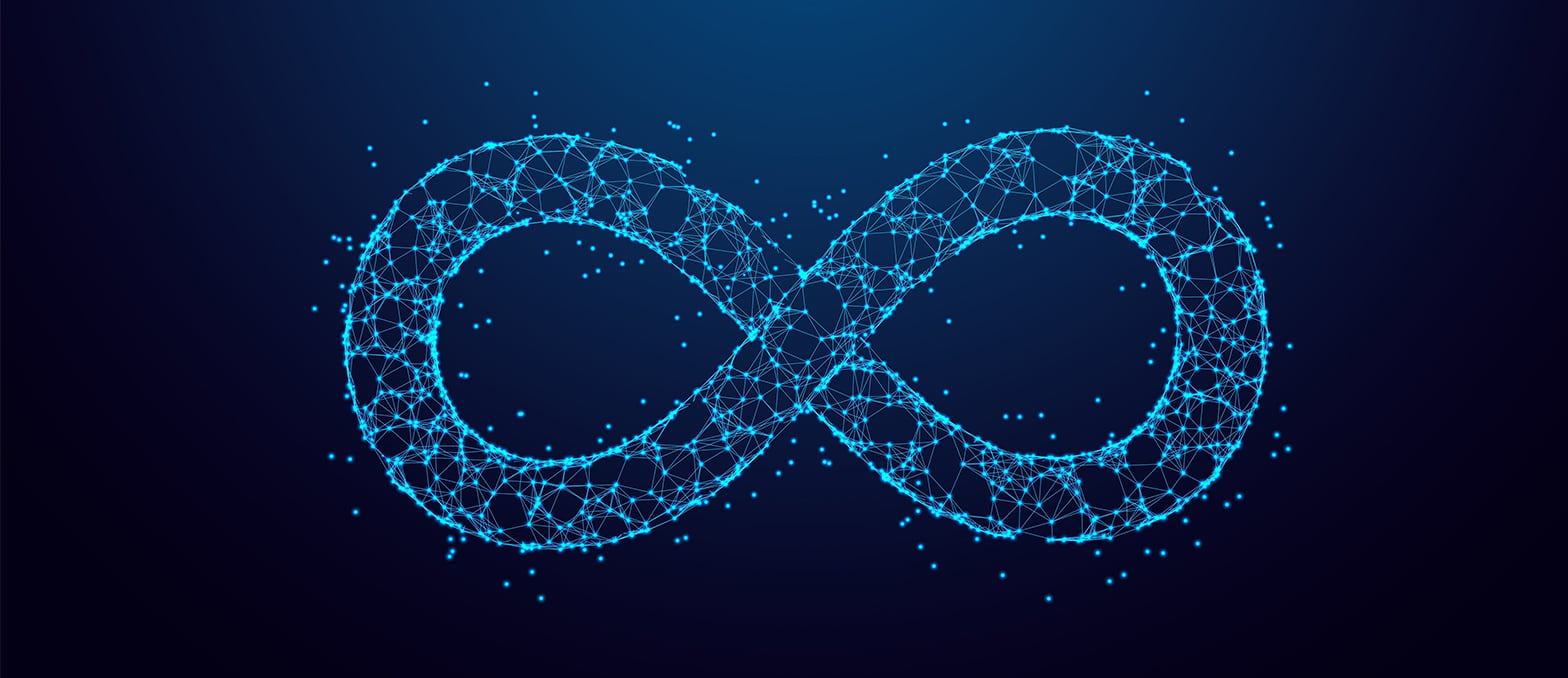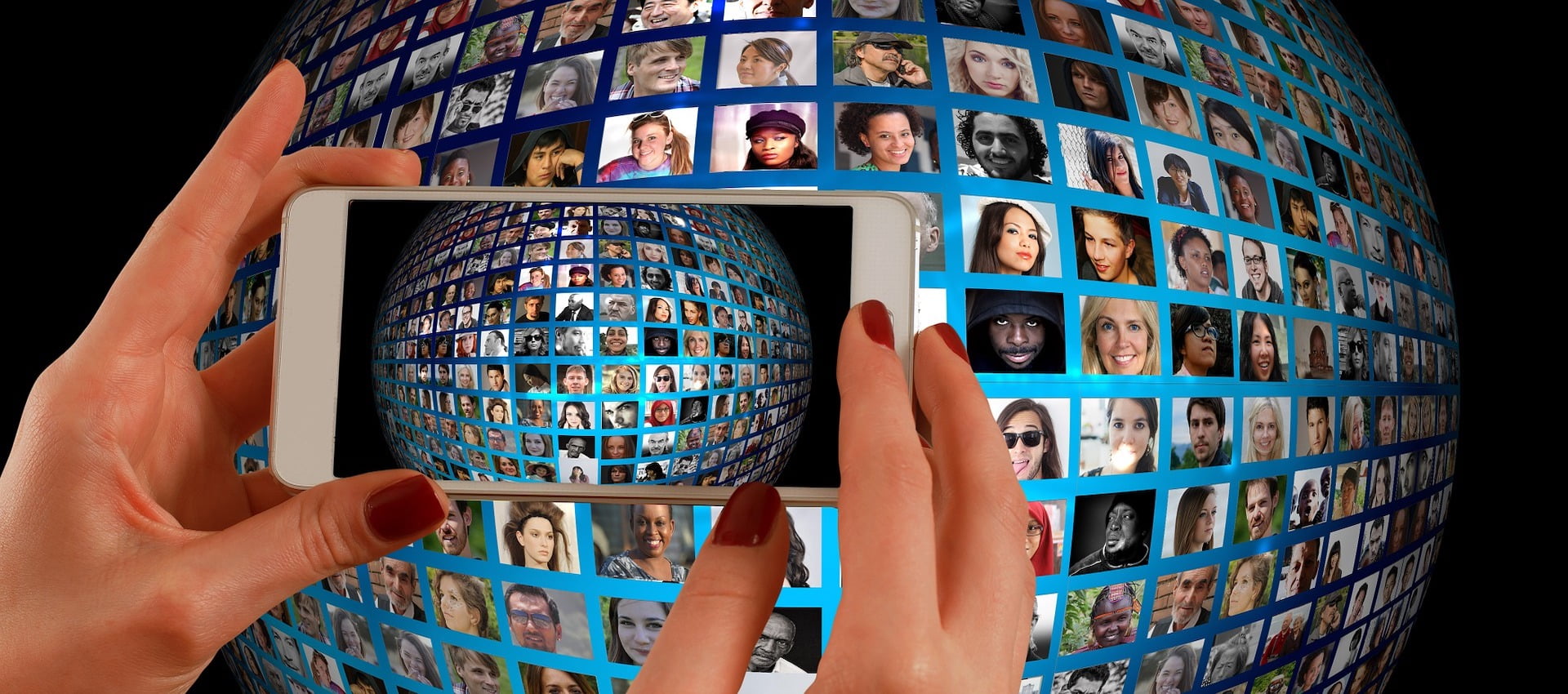Table of Contents
IoT in healthcare offers numerous benefits to physicians, patients, and healthcare professionals. It connects devices to exchange data over the internet, aiding medical institutions in various ways, including
- Minimize expenses: Among the top objectives of IoT in leveraging healthcare technology is to reduce overall costs. It’s a solution that supports budget-friendly implementation and financial models, eventually reducing the expenditure related to medical procedures.
- Increase reliability: IoT also helps close medical treatment gaps via synchronized connectivity and real-time monitoring. Thus, increasing the level of reliability and trust among healthcare professionals and patients.
- Higher precision: IoT healthcare solutions aim to make the process highly efficient via precision analytics. It assists in achieving a higher rate of success in healthcare practices through constant evaluation of patient data.
- Resource Optimization: The Internet of Things in the field of medical science aids in the optimum allocation of resources for the effective management of facilities. It guarantees the highest standard of medical care for the patients by meeting all of their needs on time.
Must-Know IoT Statistics Shaping Healthcare
According to a survey, the market for IoT healthcare is all set to hit $94 billion (approximately) by the end of 2023. IoT trends in the healthcare industry forecast a growth rate of about 12% from 2023 to 2028, eventually reaching a staggering $169.99 billion by 2030. The United States of America is being seen as the top leader in the market, projected to reach the mark of $8,300 million by the last quarter of 2023.
Moreover, the expenditure on IoT in medical facilities is expected to cross the benchmark of $134 billion by 2025. These stats emphasize the dynamics of connected healthcare technologies, showcasing its revenue growth and capacity to transform patient care while enhancing overall efficiency.
Top Use Cases of IoT in Healthcare
Remote Patient Monitoring
Listed among the top use cases of IoT in healthcare is RPM or Remote patient monitoring. It utilizes IoT gadgets to gather medical information from patients for predictive analysis. This process allows medical professionals to track and monitor chronic conditions, deliver timely interventions, and check vital signs, improving patient care and minimizing hospital visits.
Healthcare Facilities and Infrastructure
IoT also elevates medical facilities by optimizing patient safety and operational efficiency. Smart gadgets analyze environmental conditions, track equipment usage, and optimize resource allocation. This synchronization aids in better usage of infrastructure, ensuring smooth and effective operation of clinics and hospitals.
Smart Medical Devices IoT
Some of the IoT use cases in healthcare also include Smart medical devices that leverage innovative frameworks to share information. These enable real-time diagnostics and monitoring. Such devices, including smart inhalers and wearable health trackers, allow patients to monitor their health on a proactive basis while offering unique insights to healthcare providers for customized care.
IoT Smart Beds for Hospitals
IoT-enabled smart beds are known for monitoring patient vitals, adjusting positioning on their own, and tracking usage. These beds improve patient safety and comfort while equipping healthcare professionals with critical information for making better decisions. IoT Smart Beds ultimately lead to elevated patient care and operational management.
Predictive Maintenance
Another of the most important use cases of IoT in healthcare is predictive maintenance. IoT aids in predictive maintenance via several sensors that monitor gadget performance and detect possible failures. Such proactive techniques reduce downtime, ensure operational efficiency, and minimize repair costs, enhancing service delivery and patient safety.
IoT Medication Management
IoT medication management frameworks are effective in enforcing adherence to prescribed medication. Reminder mobile apps and smart pill dispensers track the intake of medicines, provide real-time information to medical professionals, and alert patients. Thus, minimizing errors and elevating medical outcomes via consistent compliance with medication.
Electronic Medical Records (EMR) / Electronic Health Records (EHR)
IoT integration into EMR/EHR frameworks is one of the top IoT use cases in healthcare. It streamlines information via connected gadgets that update patient records, enhancing accessibility and accuracy. Such an integration fosters better communication within the provider network, making room for enhanced patient experiences and coordinated care.
Tracking Patients, Staff & Medical Assets
IoT-powered devices also enable real-time monitoring of medical staff, assets, and patients located within medical facilities. Sensors and RFID tags help in reducing wait times, enhancing inventory management, and streamlining workflows, ensuring a smooth availability of resources as and when required.
Advancing Surgical Procedures
Innovative surgical procedures are among the recent use cases of IoT in healthcare. It is achieved via connected gadgets that offer real-time analytics and information. Robotic systems and smart surgical tools improve outcomes and precision, while RPM aids specialists in overseeing surgeries remotely, promoting patient safety and collaboration.
Emergency care
In the cases of emergency care, IoT-powered gadgets expedite patient treatment and assessment. Connected devices provide first responders with vital medical data before the patient reaches the hospital, enabling quicker, informed decisions and improving survival rates.
IoT Enabled Smart Implants
Among the most unique IoT use cases in healthcare, is the growing demand for smart implants. With the help of real-time health monitoring, these connected gadgets offer real-time information to medical professionals. They help in facilitating proactive interventions and customized treatment plans, leading to improved patient outcomes and overall quality of life.
IoT-Driven Predictive Analytics for Mental Health
Predictive analytics that are IoT-powered, help in the assessment of mental health patterns and risks among patients. By analyzing physiological responses and patient behaviors, medical professionals can customize interventions, and enhance support through early detection and customized care.
Virtual Consultations and Telemedicine
Among the diverse use cases of IoT in healthcare are Telemedicine and Virtual Consultations. IoT-enabled medical frameworks enable end-to-end communication between providers and patients. Connected gadgets via real-time monitoring allow medical experts to diagnose patients remotely, increasing access to care and improving patient engagement.
Medical Equipment Tracking
IoT technology is also used to track medical equipment with the help of RFID tags and sensors. It can be leveraged to figure out asset usage and location. This ensures aids in loss reduction, optimal inventory management, and enhanced resource allocation in healthcare institutes, allowing medical staff to focus more on patients.
Ingestible Sensors
When speaking of IoT use cases in healthcare, Ingestible sensors are considered to be a breakthrough. They help with RPM, by fetching real-time information on physiological conditions and medication adherence. Such smart capsules transfer data to medical professionals, enabling timely interventions and customized treatments, thus enhancing health outcomes and patient engagement.
Depression and Mood Monitoring
There are several IoT-powered gadgets for mood monitoring and depression, that track emotional stress via wearables and mobile apps. These devices gather information on sleep patterns and physical activity, offering unique insights to medical professionals. Thus, helping patients manage their mental health in a better way through personalized interventions.
IoT-Powered Epidemic Tracking
Some of the use cases of IoT in healthcare also cover the tracking of epidemics by gathering and processing information from several sources. Connected devices and sensors monitor health trends on a real-time basis, enabling awareness among public health agents to take immediate and relevant actions.
Intelligent Medical Imaging
Intelligent medical imaging leverages IoT frameworks to improve the interpretation and analysis of diagnostic pictures. Synchronized imaging machines improve collaboration and data sharing among medical staff, leading to precise diagnoses, better patient outcomes, and faster decision-making.
Smart Wound Care
The list of the top healthcare IoT use cases won’t be complete without mentioning Smart Wound Care. IoT-powered smart wound care frameworks analyze healing progress via sensors that monitor moisture, infection indicators, and temperature. This allows medical experts to engage in timely intervention and improve patient outcomes.
Smart Pill Dispensers
Smart pill dispensers are devices that use IoT technology to enhance medication adherence. These devices are known to offer reminders, send alerts for missed doses, and track usage, to ensure that patients are taking their medications on time. The smart dispensers help in minimizing the risk of complications arising from non-adherence to prescriptions.
The Significant Benefits of IoT in Healthcare
Improved Patient Care
One of the most highlighted benefits of IoT in healthcare is enhanced patient care. Remote monitoring powered by IoT ensures a more effective and efficient patient care system by syncing them with medical professionals in real time. For example, wearable technology that can monitor vitals such as blood pressure, heart rate, and insulin levels allows patients to keep a tab on their health.
Cost Reduction
By introducing IoT in medical institutions and frameworks, significant cost savings can be easily achieved. IoT-fueled devices help reduce manual tasks, optimize resource utilization, and streamline operations. For example, IoT-powered gadgets can help in the prevention of unpredictable breakdowns, avoid expensive downtime, and save on repair costs.
Better research
IoT in healthcare allows for better research by offering huge volumes of real-time insights from connected gadgets. Researchers can interpret this information to identify trends, develop innovative therapies, and assess treatment outcomes. This data supports evidence-based medical practices, and accelerates clinical trials, improving healthcare and promoting a deeper understanding of patient needs.
Improved communication between healthcare provider and patient
IoT aids in building improved relationships among medical experts and patients via mobile apps and connected devices. These technologies work together to enable data sharing, pave the path for professionals to analyze patient progress, and offer proactive feedback. It leads to improved patient engagement and encourages patient awareness related to treatment plans.
Reducing Errors
The usage of IoT in healthcare considerably minimizes errors related to data entry, patient monitoring, and medication administration. Connected devices enable precision tracking of medication dosages and schedules, while automated information gathering reduces human error. IoT contributes to making healthcare environments safer for all and provides quality care.
Challenges faced in Integrating IoT into healthcare
Compatibility with the Existing System
Integrating IoT in healthcare faces many compatibility issues with the existing infrastructure. Several medical facilities use legacy systems that are not easy to pair with innovative IoT solutions. This may lead to data inefficiencies, thus causing issues in smooth communication among healthcare platforms and devices. Ensuring interoperability needs a significant amount of investment in infrastructure and can postpone implementation, complicating overall efforts.
Connectivity and Infrastructure
Infrastructure and connectivity challenges are some of the trickiest ones when implementing IoT in medical facilities. Dependable internet access is essential for real-time data transfer, many healthcare facilities, particularly in rural areas, suffer from a poor network connection. Moreover, obsolete infrastructure may struggle to support the data flow from IoT gadgets. Overcoming such challenges requires heavy investments in technology to ensure efficient deployment.
Legal and Ethical Issues
While integrating IoT in healthcare, a variety of legal and ethical concerns may arise. Problems related to patient information privacy, consent, and data security, are on top priority, as sensitive information is stored and transmitted digitally. Complying with regulations is important but may prove to be resource-intensive and complex. Addressing legal challenges needs comprehensive practices and policies that protect patient rights and ensure the ethical leverage of technology.
Short Device Lifespan and Obsolescence
Another challenge faced during the integration of IoT-powered frameworks is the rapid obsolescence and short lifespan of gadgets. Technological advancements may sometimes make devices outdated on a mass scale, asking for replacements or frequent upgrades. This may put a burden on the budgets and complicate long-term objectives for medical institutes. Managing these issues requires a proactive team that looks after investments in technology, ensuring that systems remain relevant.
Resistance to Change
Resistance to change is known to be among the most notable issues in adopting IoT in healthcare. Healthcare experts may show hesitance towards embracing the latest technologies because of concerns related to workflow disruptions, and skepticism regarding effectiveness, and training. Such reluctance may hinder implementation and minimize the benefits of IoT frameworks. Overcoming such issues involves promoting a culture of innovation, and demonstrating the emergence of new technologies.
Future Outlook of IoT in Healthcare
AI and ML in IoT
The integration of AI and ML with IoT technology in medical facilities is set to transform patient care. These technologies working together can analyze huge datasets from connected gadgets, providing predictive analytics, customized treatment plans, and more effective resource allocation, enhancing overall healthcare outcomes.
Blockchain-Enabled IoT Devices
Blockchain-enabled IoT devices assist with enhancing data security and integrity in healthcare. By offering tamper-proof, decentralized ledgers for patient data, blockchain guarantees safe data sharing across stakeholders. This helps build transparency and trust, facilitating enhanced collaboration while protecting sensitive health data.
Data-Driven Decision Making
The future of healthcare will depend on data-driven decision-making powered by IoT technology. Real-time information from connected gadgets will allow medical practitioners to customize treatments, identify trends, and optimize operations. Thus, elevating patient outcomes and promoting efficient health management across a diverse patient base.
Enhanced Data Security and Privacy Measures
As IoT adoption gains more popularity, improved privacy measures and data security will become essential. Future developments in the domain will concentrate on secure access controls, advanced encryption, and regulations that protect patient information. Such an approach will help in establishing trust among medical professionals and guarantee secure IoT deployment.
IoT-Enabled Robotic Surgeries
Robotic surgeries powered by IoT technology are the next big deal in the surgical practices segment. The advanced and precise systems of IoT will enhance and minimize recovery times and surgical outcomes. As technology evolves, the partnership between robotics and IoT will further enhance surgical efficiency and patient safety.
How A3Logics can be your IoT partner for making your healthcare industry efficient?
A3Logics can be your partner in implementing IoT technology in healthcare, improving patient care and operational efficiency. As an experienced IoT development company, we offer real-time monitoring systems and seamless integration with existing healthcare frameworks. Our focus on data security guarantees compliance with regulations while providing data-driven insights. Through our collaborations with many reputed medical organizations, we’ve developed solutions for unique challenges, ultimately improving patient outcomes and driving innovation across the industry. By choosing top IoT app development companies as your partner, your organization can leverage IoT technology effectively, creating a better and more responsive healthcare system.
FAQ
What is medical IoT?
Medical IoT refers to a system of connected gadgets that gather and process health-related information. These innovative devices facilitate remote consultations and real-time monitoring and enhance operational efficiency in healthcare settings. Several IoT healthcare use cases, such as smart medical equipment and wearables, streamline clinical workflows and improve patient care.
What are some of the common IoT devices used in healthcare?
Some of the most common IoT medical devices include connected glucose monitors, wearable fitness trackers, telehealth platforms, and smart pill dispensers. These devices enable medication adherence, and real-time health monitoring, and enhance patient engagement through seamless data gathering and analysis.
Is IoT in healthcare secure?
Yes, IoT’s integration into the healthcare industry is considered to be generally safe. IoT devices offer crucial advantages, however, they can sometimes be vulnerable to security breaches in case of gaps in data encryption. Implementation of robust encryption and compliance with regulations is important to guarantee the security of health data.
What are the risks of IoT medical devices?
- Data Security Issues: Healthcare IoT devices may be targeted by hackers for stealing sensitive patient data.
- Gadget Malfunction: System failures or inaccurate readings may compromise the safety of patients.
- Interoperability Challenges: Compatibility issues with the existing frameworks may affect care coordination.
- Compliance-Related Problems: Meeting strict standards and regulations may be challenging for healthcare IoT platforms.








